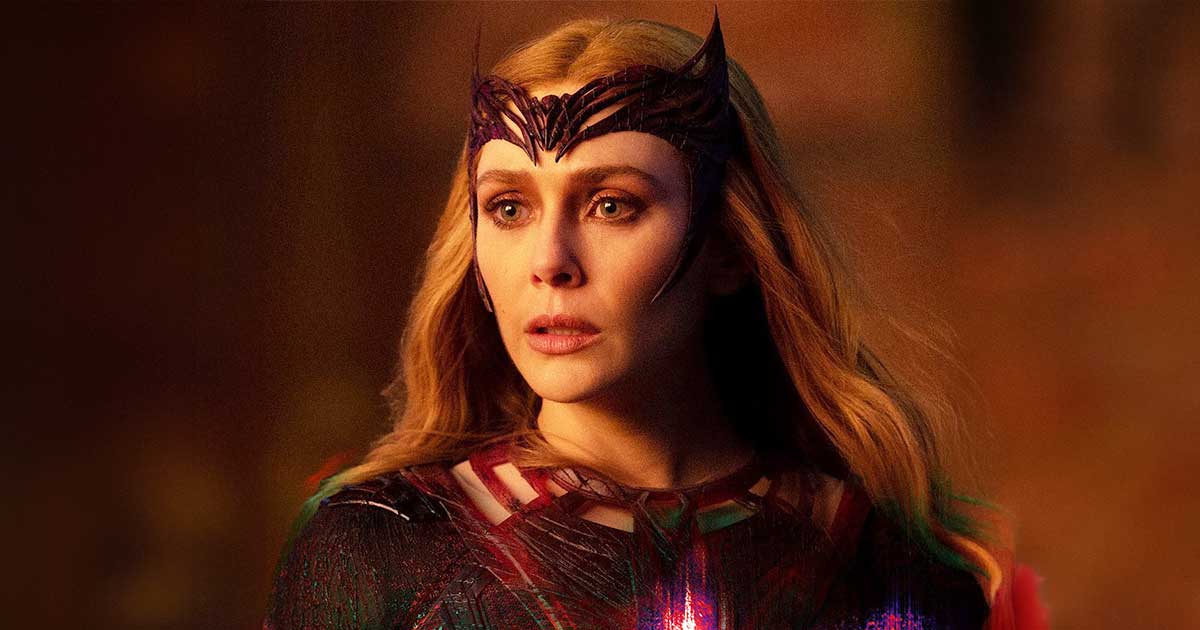Wanda Maximoff‘s the most potent Avenger—or ex-Avenger (literally!) But what if I told you that you could be just as powerful (if not more) because it won’t all just be special effects and fancy tech? You have the power to change lives. You have the strength to transform ideas, the voice to shift perspectives, and the skills to rock worlds.
But the catch? You must show readers different ideas, perspectives, morals, goals, and stories.
Wanda’s Transformation: A Reflection on Character Arcs
Crafting a compelling character arc that resonates with readers and makes them care is one of the toughest challenges. The key to this transformation is the power of character arcs: the journey between the before and the after, the bridge between past and present, and the essential aspect of your characters having the same transformation as Wanda Maximoff.
Trending
Character arcs can make or break a story, leaving readers either feeling convicted and motivated or emotionless and uncaring. Wanda has one of the most beautifully transformative arcs in the Marvel Universe. Her journey is long and complex, masterfully showcasing her evolution. But what makes her character arc so compelling? And what can we learn as writers from her journey? How can we wield that same power with our words?
Think back to the last time you read or watched something—and came away feeling motivated, empowered, or even convicted. Conversely, recall when you felt bored and unimpressed by a story. I’d wager that both feelings tie into the presence, or lack, of character arcs. Character arcs invite you to experience the protagonist’s journey when done well. Skilled authors can convey powerful messages through their characters’ arcs, inspiring and motivating readers. On the other hand, when character arcs are absent or poorly executed, readers may wonder, “Why did I even read that?” A lack of character arcs leaves no room for lessons, emotional connection, or shared journeys—because there is no journey at all.
To say character arcs are vital to stories would be an understatement. They breathe life into characters, infuse emotion into plots, and connect the tapestry of words that make up a story. In essence, character arcs are the story.
The Writer’s Role in Shaping Transformative Journeys
So, what exactly are character arcs? They represent the journey your character embarks on and how they change. The beginning of an arc reveals who the character is at the story’s start, while the end shows who they become. With solid character arcs, the transformation from the beginning to the end is striking.
Look at Wanda Maximoff’s life—warning: spoilers from Doctor Strange: Into the Multiverse of Madness ahead. She begins as a science experiment—an enhanced teenager with anger and freaky powers—and evolves into one of the most formidable Avengers. Yet, with all her power, she ultimately becomes a villain again. This led to her self-destruction. That’s quite the change. This dramatic arc is fascinating: she has a compelling transformation from evil to good, then back to villainy.
Readers love characters who change because those transformations challenge them to reflect on their lives. If you witness a beloved character’s powerful transformation, you might feel inspired to make similar changes. This dynamic allows writers to communicate themes and messages without being preachy, showing readers the consequences of choices through character experiences.
Now, let’s delve into the practical aspects of crafting impactful character arcs. One of the most frustrating things I see is when authors force characters to change in ways that feel disconnected from their motivations. When a character’s transformation seems unrooted in who they are—their loves, hates, fears, and beliefs—it feels artificial, like an afterthought rather than a vital plot component.
Wanda’s arc beautifully circumvents this pitfall. Initially, in Avengers: Age of Ultron, she’s a primary antagonist, using her powers against the Avengers due to her vendetta against Tony Stark, whose company caused her family’s death. However, beneath her desire for revenge lies a more profound longing to help people. She believes aligning with Ultron serves that purpose until she realizes he’s no better than Stark. Her choice to switch sides is grounded in her motivation to help others—a desire rooted in her past struggles.
When writing character arcs, it’s crucial to remember that a character’s transformation must align with their motivations. Another potent factor in character arcs is fear. Fear can be paralyzing, halting progress and character change. In Captain America: Civil War, Wanda is deeply affected by her fears—specifically, the fear of her powers after a catastrophic incident that leads to multiple deaths. This fear silences her during one of the most significant moments that tear the Avengers apart.
Yet, the beauty of fear is that it can be overcome. Characters must often learn to confront their fears, becoming more robust and resilient. Wanda ultimately recognizes she cannot control others’ fears—only her own. She pushes past her fear once she faces this truth, gaining strength.
When crafting character arcs, infuse your characters with daunting fears that seem impossible. Then, let them triumph over those fears. This contrast can heighten the power of their transformation.
How Love Fuels Character Arcs
So, what propels a character forward toward change? Love. Wanda’s capacity for love is profound and shapes her arc. Initially, her passion is directed toward her brother, Pietro, and after his death, she feels lost. Then comes Vision, reigniting her will to fight and live. When Vision dies, her love for her twins keeps her on the cusp of villainy in WandaVision, ultimately leading to her dark path in Doctor Strange: Into the Multiverse of Madness.
Relationships are vital to your characters’ journeys. Develop their connections so readers care deeply about them. Consider the stakes involved—how would the death of a loved one or betrayal affect your character? The people they love can dramatically alter their arcs, propelling them in different directions, for better or worse.
As we analyze Wanda’s downward spiral into darkness, it’s clear that her loss of love leaves her shattered. Grief drives her to create a false reality, showcasing how the absence of love and belief can lead to a character’s decline.
Finally, there’s the conclusion of a character arc. The ending serves as the culmination of the character’s journey. Wanda’s arc reflects the tragic balance between love and loss, leading her back to darkness. Through Wanda Maximoff’s powerful journey, writers can draw lessons about crafting meaningful character arcs that resonate with readers, evoking empathy and encouraging personal reflection.
By studying her character arc, we gain insight into human emotion’s complexities and storytelling’s transformative power. With this knowledge, we can create characters that captivate readers and inspire them to reflect on their own journeys.
For more such updates, check out Hollywood News.
Follow Us: Facebook | Instagram | Twitter | Youtube | Google News
The post Is Wanda Maximoff Destined to Become the Ultimate Villain of the Marvel Multiverse, Unleashing Chaos Across Realities? appeared first on Koimoi.


